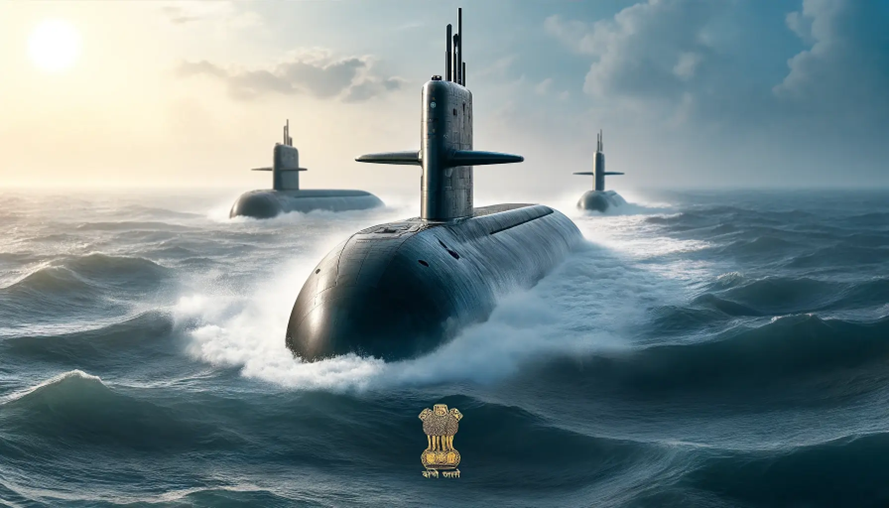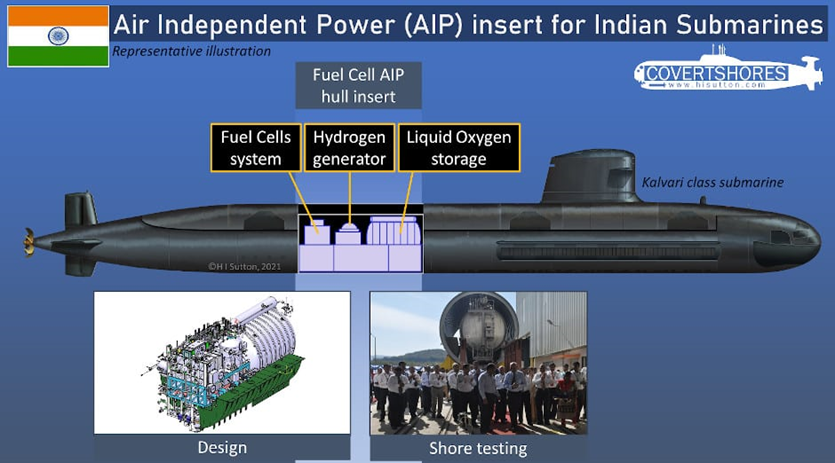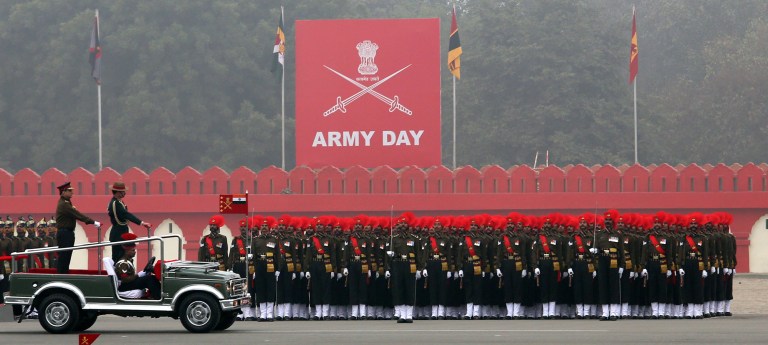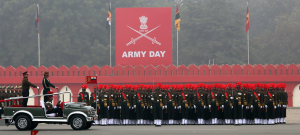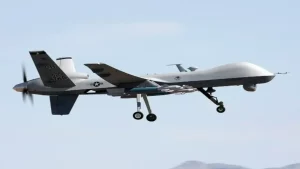An AIP enhances a submarine’s underwater endurance between battery charges by three to four times, thus reducing its vulnerability to detection.
Indian Navy To Get Indigenous AIP System
An AIP enhances a submarine’s underwater endurance between battery charges by three to four times, thus reducing its vulnerability to detection. As the Chinese naval presence increases in the Indian Ocean, submarines with AIP can monitor them much better without getting detected. This technology will be particularly relevant in the eastern Indian Ocean and the Bay of Bengal. In the Arabian Sea and the western Indian Ocean, it will enhance our undersea warfare capability against Pakistan.
DRDO chief Samir Kamat inaugurated an AIP Integration and Testing facility at Larsen & Toubro’s AM Naik Heavy Engineering Complex on July 6. The advanced system will be manufactured and tested at the complex by the end of 2025 before being fitted onboard the submarine at MDL. AIP-powered conventional diesel-electric submarines (SSK) are midway between nuclear-powered boats and non-AIP SSKs. They allow an SSK to remain submerged for 10 to 14 days without needing to surface to charge their batteries, which might get them detected.
Other SSKs can stay underwater for roughly 48 hours. The fuel-cell-based AIP is unique, as it generates its hydrogen requirement on board. The Indigenous AIP would be fitted onboard the INS Kalvari submarine when it undergoes its first major refit in September 2025. INS Kalvari is the first Scorpene class submarine made by MDL. Retrofitting the operational submarine would require cutting it into halves and inserting a new AIP section, increasing its length and weight. French shipbuilder Naval Group will assist in the complex procedure.
The Indian Navy’s adoption of AIP technology will put its fleet in a better position than Pakistan’s. All three of its French Agosta-90B (PNS Khalid, Saad, and Hamza) are powered by AIPs. Pakistan is also expected to receive eight 39 A Yuan-class AIP-powered submarines by the end of 2023 under a US$5 billion deal with China. As against the required 24 conventional submarines, the Indian submarine fleet has only 16 submarines, and apart from the six recently-built submarines, the rest are over 30 years old and approaching their decommissioning date.
The Indian conventional submarine fleet includes five Scorpene class (French), four HDWs (German), and seven Kilo-class (Russian). An additional Scorpene class is still to be commissioned. The Chinese undersea fleet has been growing exponentially in quantity and quality. For the first time, China has been able to deploy at least one nuclear-armed submarine constantly at sea. Compared to this, the Indian submarine program has been growing steadily, albeit a tad bit slower, making it difficult to catch up with its giant assertive adversary in the East.
